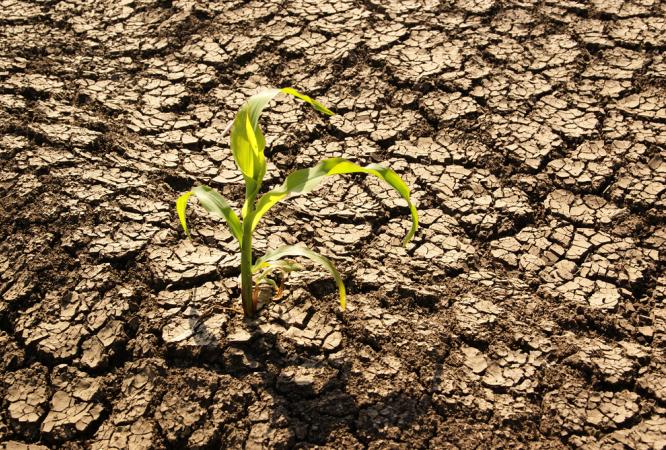Although it is very cold outside, Spring is around the corner and it is now the time to prepare for dormancy-breaking treatment in deciduous crops. In areas where the amount of chilling hours may be marginal, spraying dormancy breaking agents (oils) is a common practice to improve yields. It was found that foliar application of Haifa Bonus prior to the oil spray allows reduction of oil application rates. The advantages of this foliar application are:
- Reduce costs.
- Minimizing the risk of phytotoxicity.
- More uniform dormancy breaking.
- Produces earlier.
- More bountiful first harvest wave.
After the beginning of flowering, the use of special foliar Poly-Feed formulas for each stage can stimulate growth and increase fruit size. These are the Poly-Feed foliar formulas:
| Formula | N:P2O5:K2O | Micro-Nutrients (ppm) | |||||
| Fe* | Mn* | Zn* | Cu* | Mo* | B* | ||
| Vegetative Booster | 21-21-21 | 1300 | 660 | 200 | 140 | 90 | 200 |
| Flowering Booster | 8-52-17 | 500 | 250 | 75 | 55 | 35 | 100 |
| Fruiting Booster | 16-8-34 | 1200 | 600 | 180 | 130 | 80 | 200 |
The Poly-Feed recommendation for some deciduous crops:
| Stage | Formula | Conc. | Spray volume | Applications | |
| Apple | |||||
| 20-30% Flowers | Vegetative Booster | 0.5-1% | 1000-2000 l/ha | 1 | |
| After flower molting | Flowering Booster | 0.5-1% | 1000-2000 l/ha | 2 | |
| Fruit development | Fruiting Booster | 0.5-1% | 1000-4000 l/ha | 2 | |
| Grape | |||||
| Blooming | Vegetative Booster | 0.5-1% | 400-600l/ha | ||
| Fruit swelling | Poly-Vineyard | 1% | 400-600l/ha | ||
| 2 applications in 2-3 weeks interval | |||||
| Peach | |||||
| 20-30% Flowers | Vegetative Booster | 0.5-1% | 1000-2000 l/ha | 1 | |
| After flower molting | Flowering Booster | 0.5-1% | 1000-2000 l/ha | 2 | |
| Fruit development | Fruiting Booster | 0.5-1% | 1000-4000 l/ha | 2 | |
| Pear | |||||
| 20-30% Flowers | Vegetative Booster | 0.5-1% | 1000-2000 l/ha | 1 | |
| After flower molting | Flowering Booster | 0.5-1% | 1000-2000 l/ha | 2 | |
| Fruit development | Fruiting Booster | 0.5-1% | 1000-4000 l/ha | 2 | |
More recommendations for foliar application for other crops you can find in "Folimatch" the Haifa's new cellular application that generates accurate fertilization recommendations based on location parameters, and considering specific phenology stages of the crop.




